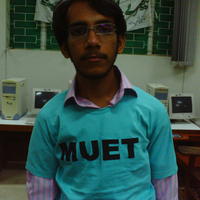
Witold Kinsner
Dr Witold Kinsner is Professor of Computer Engineering in the Department of Electrical
less
Related Authors
Ruby B. Lee
Princeton University
Marijke Coetzee
North West University Potchefstroom
Andrej Dujella
University of Zagreb
Ali Ahmed
University of Liverpool online programme with Laureate
Xiaoge Xu
University of Nottingham, China Campus
Roshan Chitrakar
Nepal College of Information Technology
Lev Manovich
Graduate Center of the City University of New York
Salahuddin Jokhio
Mehran University of Engineering and Technology
Syafruddin Rauf
Hasanuddin University
Isad Saric
University of Sarajevo
InterestsView All (6)










Uploads
Papers by Witold Kinsner